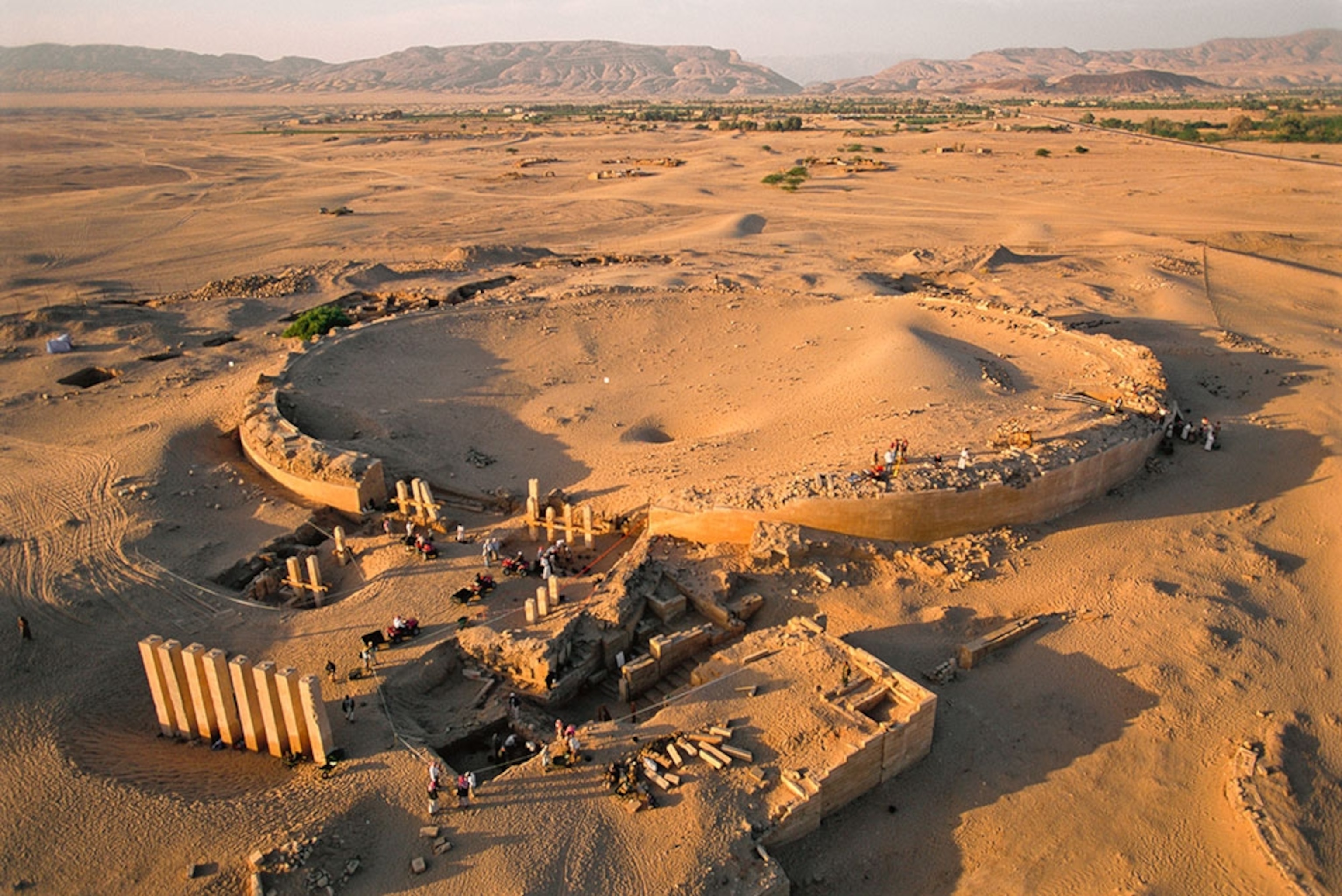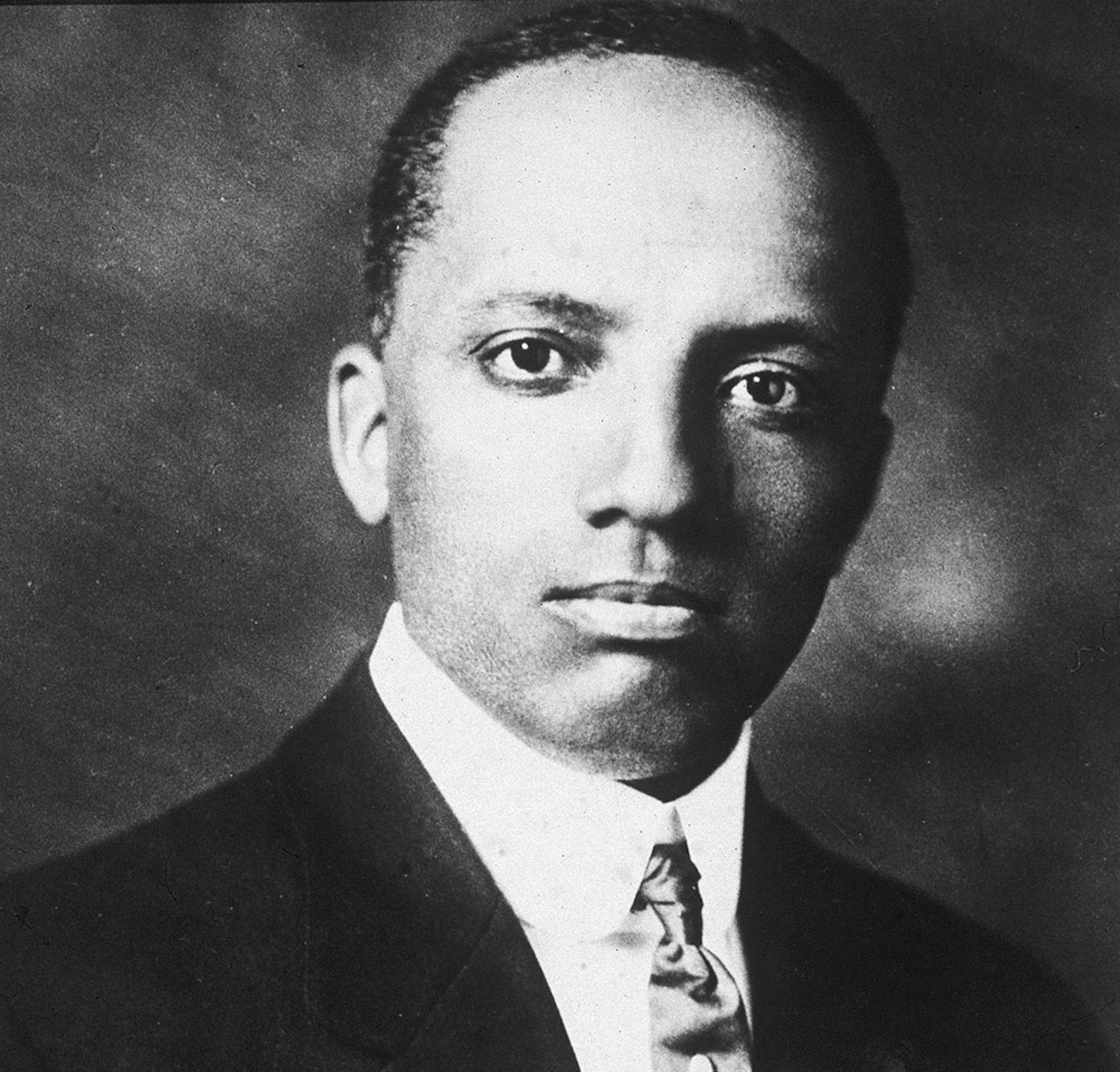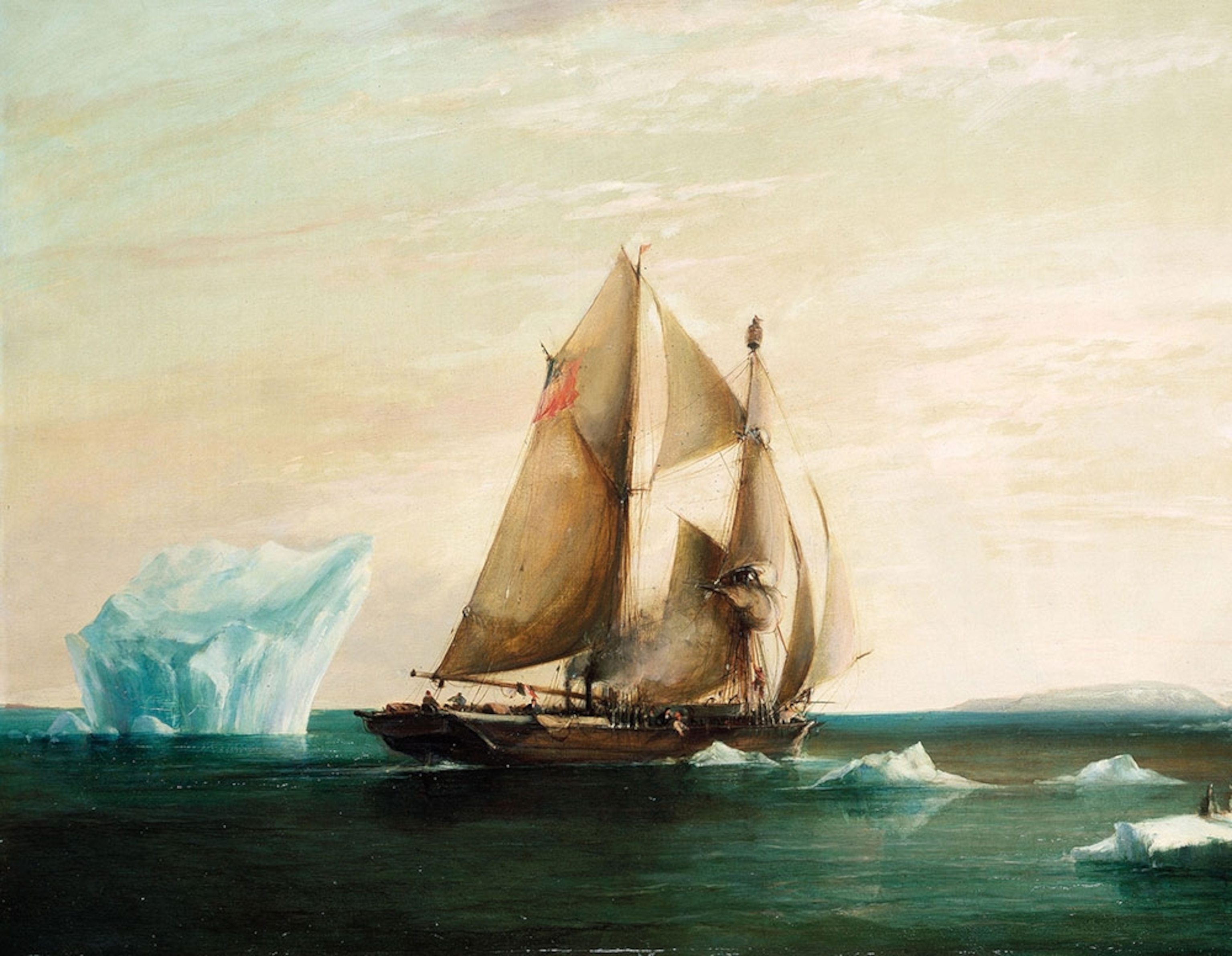
what does a 3,000-year-old voice sound like?
By Debra Adams Simmons, HISTORY Executive Editor
I must admit I was skeptical when I heard the story about the talking mummy. Would that sound be The Bangles’ Walk Like an Egyptian? Or some ancient Nile-laden fantasy from George Clinton or Earth Wind & Fire (OK, I’m a Boomer)?
But the vowel that emerged from an electronic larynx and the 3-D printed throat and mouth of a sweet-singing mummified priest who died 3,000 years ago—well, that brought history to life for me, as do the recent visual re-creations of a 7,000-year-old hunter in Scandinavia.
Egyptian priest Nesyamun (whose mummified body is getting a CT scan, above) once sang at the ancient temple in Karnak, and his coffin bore an inscription that lionized his voice. “He had this wish that his voice would somehow continue into perpetuity,” speech therapist David Howard told The New York Times.
And by using technology to do so—albeit just “ah’s” or “eh’s” now—history has connected us to a different time and people. Kind of the point, really.
Do you get this newsletter daily? If not, sign up here or forward to a friend.
Today in a minute
An Australian discovery: The nation’s devastating bushfires burned away thick vegetation in a southwestern area, revealing extensive water channels built by indigenous Australians thousands of years ago. The channels were used to trap and harvest eels for food, CNN reports. Parts of the water system were known, but in the aftermath of the fires, a much more extensive system was seen.
Found: Archaeologists working in northern Iraq have uncovered ten exquisitely carved—and more than 2,700-year-old—stone reliefs that adorned a sophisticated canal system. “Assyrian rock reliefs are extremely rare monuments,” said Daniele Morandi Bonacossi, an archaeologist at Italy’s University of Udine, who co-led the recent expedition. With one exception, no such panels have been found in their original location since 1845, Nat Geo reports.
No plastic straws here: A village in northwestern India is riding a boom in reusable straws, busy making straws from wild bamboo. The versatile grass grows abundantly across much of the country and is both organic and sustainable. The hill village of Baga Dima, comprised of 47 households, has been making bamboo products for generations, writes Paul Salopek for Nat Geo. But never bamboo straws, at least not until the village began getting contracts to produce the straws.
What made MacArthur great? I had always thought Gen. Douglas MacArthur’s mom, with her moral lessons and insistence on doing right, was the key figure in the life of the WWII Pacific Commander who directed the postwar recovery of Japan. But Nat Geo’s History magazine says it was the legacy of his father, career Army officer Arthur MacArthur, Jr., that drove him to West Point, to become an engineer, and to achieve wartime glory. Subscribers can read more here.
Your Instagram photo of the day

Sheba's home: Mahram Bilqis, the sanctuary of the Queen of Sheba, was partially excavated in 2004, when Yemen was a more peaceful place. The legendary Sabaean leader is mentioned in both the Bible and the Quran, and she ruled over a center of agriculture based on a dam that controlled seasonal rains to irrigate the Arabian desert. The site was first excavated by the American adventurer Wendell Phillips in the 1950s, but has been overrun several times since by windblown sand.
Are you one of our 124 million Instagram followers? (If not, follow us now.) +
The big takeaway

Righteous evidence: Without historian Carter G. Woodson, pictured above, the United States never may have had a Black History Month. The son of formerly enslaved parents who could not read, Woodson was stunned at the silence about black achievement. Education, to him, was key to fighting damaging racist stereotypes. “The Negro has not been educated,” he wrote. “He has merely been informed about other things which he is not permitted to do.” In 1926, he took over the celebration of what he called “Negro History Week” and began observing it every February to coincide with the birthdays of abolitionist Frederick Douglass and President Abraham Lincoln. President Gerald Ford observed it—and expanded it to a month. Congress later passed a law designating it for the month of February, Erin Blackmore writes for Nat Geo.
A few words
If we ever owned the land we own it still, for we never sold it.Chief Joseph, 1878, Nez Perce leader, quoted in "The Heartbeat of Wounded Knee: Native America from 1890 to the Present"
Did a friend forward this to you?
Come back tomorrow for George Stone on travel. If you’re not a subscriber, sign up here to also get Victoria Jaggard on science, Rachael Bale on animal news, and Whitney Johnson on photography.
The last glimpse

The last undiscovered place: That’s what drew explorers to the northern ends of the earth, from the 19th century on, Nat Geo’s History magazine reports. Many had the view, back then, that open sea would greet them at some point. Instead, explorers endured shipwrecks, brutal conditions, and bitter rivalries. Some lost their lives to the cold. Not until 1948 were explorers (an air-dropped Soviet crew) confirmed standing at the North Pole. (Above, the British ship Isabel, which, in 1852, went farther north than any reported craft before it.)
Subscribers can read: Arctic obsession drove explorers to seek the North Pole